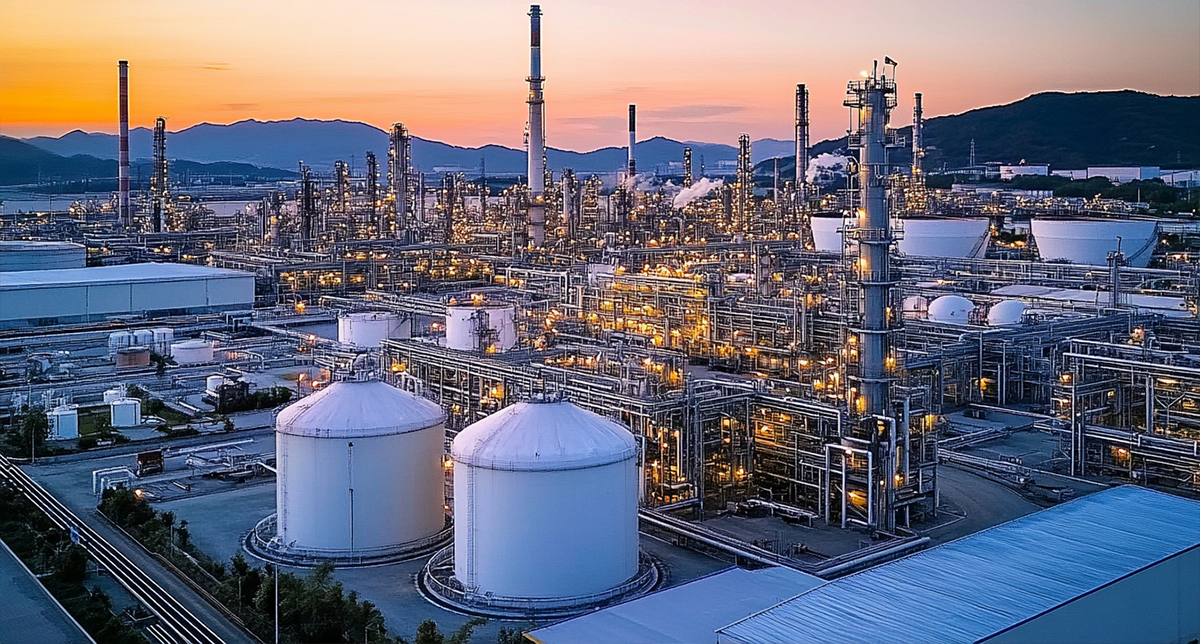Current Status and Trends in China’s N-Methylpyrrolidone (NMP) Industry: Strong Downstream Demand
Current Status and Trends in China’s N-Methylpyrrolidone (NMP) Industry: Strong Downstream Demand
Overview of NMP
- Methylpyrrolidone (NMP) is a nitrogen-containing compound (C5H9NO) with a boiling point of 204°C. It’s a liquid with a slight ammonia smell, mixes well with water, and blends easily with most solvents like ethanol, aldehydes, and aromatic hydrocarbons.
Production Methods
Synthesis: Includes catalyst-free and catalytic techniques.
Recycling: After lithium battery coating, NMP is evaporated, condensed, and purified (with ~10% loss during recycling).
Industry Chain
Upstream: Raw materials like gamma-butyrolactone and methylamine, plus equipment suppliers.
Midstream: NMP manufacturing.
Downstream: Applications in lithium batteries (main use), new materials (e.g., aramid fibers), petrochemicals, and electronics.
Key Applications
NMP is widely used in:
Lithium batteries (critical solvent for electrode production).
Purifying hydrocarbons and polymers (e.g., polyamide, polyimide).
Insulation materials, pesticides, and electronics manufacturing.
Lithium Battery Boom Drives Demand
Battery production grew over 100% annually in 2021–2022, slowing to 25% in 2023 (total output: 940+ GWh in China).
NMP remains the dominant solvent for battery electrodes.
Global Market Snapshot
History: First lab-made in 1907; industrialized in the 1930s (BASF, Mitsubishi Chemical, etc.).
Market Size: Peaked at 8.235billionin2022∗∗,thendroppedto∗∗8.235billionin2022∗∗,thendroppedto∗∗7.317 billion in 2023 due to price and demand fluctuations.
China’s NMP Market
1. Market Size: ~¥30.353 billion (2023), with 96.51% electronic-grade (high purity) and 3.49% industrial-grade.
2. Production & Demand (2013–2023):
Output: Soared from 53,500 tons to 1.74 million tons (41.66% CAGR).
Demand: Jumped from 88,300 tons to 1.725 million tons (34.61% CAGR).
3. Price Trends:
Peaked at ¥35,367/ton in 2021 due to tight supply.
Fell to ¥17,592/ton in 2023 (down 26.45% year-on-year).

Room 1204, Unit 1, Building 1, No.9 Industry West Road, Songshan Lake, Dongguan City, Guangdong Province, China



